For years amateur filmmakers have been struggling to get cinematic shots with limited resources. Thankfully gimbals have started coming out for the DSLR in the past decade. This is our look at the best DSLR gimbal for your style. These help you as an amateur filmmaker get beautiful and cinematic shots. So let’s look at the best gimbal on the market.
A DSLR gimbal is a great way to get a cinematic shot without breaking the bank on a grip truck. They stabilize your footage, give you smooth motion, and help you better tell stories with your DSLR.
While there’s a variety of different gimbals that can be used, this is a break down of the top 7 best dslr gimbal to use when shooting with a DSLR camera.
The Best Gimbal Breakdown
Our top 7 best DSLR gimbals in 2020:
1. DJI Ronin-M 3-Axis Gimbal Stabilizer
The DJI Ronin seems to be the most well-known gimbal what comes to operating and using DSLRs. It could be considered one of the best gimbals on the market for DSLR camera users currently. It’s got a magnesium frame and it’s extremely stable and durable. It’s also lightweight and easy to transport Weighing in around 5 pounds. Many industry leaders say it’s the best gimbal on the market with upgrades.
It uses multiple axes to help stabilize the camera horizontally while you tilt and pan. The Ronin also allows for an additional operator while shooting. So your buddy can manually tilt the camera independent of how you are running in. This gimbal does this by using a transmitter and receiver system on 2.4 GHz. It also has IOS and Windows software that works with Bluetooth which enables even more control. Battery wise, you can run it for up to six hours on a single charge. It’s definitely a contender as the best dslr gimbal.
2. Zhiyun Crane V2
This is an extremely versatile DSLR gimbal. It comes with four different gimbal control modes: smooth, pan, lock, and following. The gimbal gives you the rotation ability of 360° which lets you film cinematic smooth footage from all angles. It comes with anti-shaking technology which makes it stand out as possibly the best gimbal. The gimbal can run for up to 8 hours, and can even charge your camera if your camera battery dies. It supports cameras from as small as 1 pound all the way up to 7 pounds. Needless to say this is a great option if you’re looking for a solid gamble at a decent price.
3. Glidecam HD-4000
This is the personal DSLR gimbal that I use most often. I also own a Ronin, but at times this glidecam seems to be the most quick and easy option for myself, and I viewed it as the best gimbal for starting out.
It takes a while to fine-tune and ensure proper camera balance. But once your DSRL is balanced you’re able to run and gun with the best of them. It’s a sturdy and high quality gamble that delivers results that speak for itself. However since there’s no electronics or motors in it. You’re going to be doing all of the balancing yourself. If you are looking for a versatile option, this may be the best DSLR gimbal for you.
You’re essentially leaving it up to gravity to ensure that your DSR stays balanced. This means it takes a bit of work and skill to operate this gamble and still get smooth shots. What I found is this typically isn’t as smooth as the DJI Ronin. However it’s a lot easier to carry around and get stable shocks that still feel smooth and cinematic.
4. Ikan MS1 Beholder Gimbal
This gimbal is on the smaller and. It’s extremely compact while also being very durable. It also works with a large number of DSLR cameras and can even be used to mount a go pro. You can attach this gimbal to a tripod a monopod or even a slider which allows for even more versatility.
It’s equipped with a three-axis gyro motors to balance DSLRs with the best of them which means this is a great simple option and a contender for the best gimbal.
5. Glide Gear Geranos VII Gyro Motorized Stabilizer
If you’re always on the go with your DSLR, this can be a great option. Coming in at 5 pounds it’s easy to put inside your backpack and get moving. Because you can mount this gimbal on a vest or an arm piece, it also comes with an additional mountable arm which allows you to run this for hours with ease making it the best gimbal for steadicam operators.
The battery can hold charge up to 8 hours which allows for long shoots to be handled easily for this DSLR gimbal. The neck brace seen in the image also provides some relief and comfort as you operate this gamble.
6. Beholder DS1 Handheld Stabilizer 3-Axis Brushless Gimbal
It camera gimbal has three-axis motorized stabilization which gives smooth motion the any DSLR. It’s lightweight enough to even hold with one hand. You can also provide access for external remote control which lets you use it for longer periods.
It can hold most larger DSLRs, so it’s an option for most filmmakers. This is a great simple option for any DSLR user who is looking for a simple / small gimbal. It may not be the best gimbal for any camera, but it may be the best DSLR gimbal for the price.
7. Letus Helix Jr. Aluminum 3-Axis Gimbal Stabilizer
This DSLR gimbal is light and easy to transport so it makes it a go to gamble for folks shooting documentaries or events. A huge benefit of this gimbal is that it has a flat bottom which means it can be put down with no issue.
A battery lasts about four hours on it, which is important for folks who are shooting for long periods of time or on the go. You can pick up this gimbal on Amazon, although it’s a little bit more expensive you’re definitely paying for quality.
The best DSLR gimbal can help you become a better filmmaker.
Thanks for checking out which best DSLR gimbal is right for you. Keep in mind that the gimbal is only powerful as the person using it. Make sure you plan your shots effectively and also experiment with your gimbal to get the best use out of it. Like I said before I’ve got an amazing looking footage using my glide cam even though it’s not as technical as the Ronin that I also own. Don’t feel the pressure to use your gamble for every shot either. This is a common mistake I see amateur filmmakers make. A final important point is to ensure that your gimbal is balanced before you use it. This will save you time and effort when running and operating your DSLR gimbal.
The gimbal is a powerful tool to get smooth, steady, and cinematic shots. If you showed one to a filmmaker 50 years ago, they’d fall over at the amazing technology. So make sure you buy one and use it to its full potential.
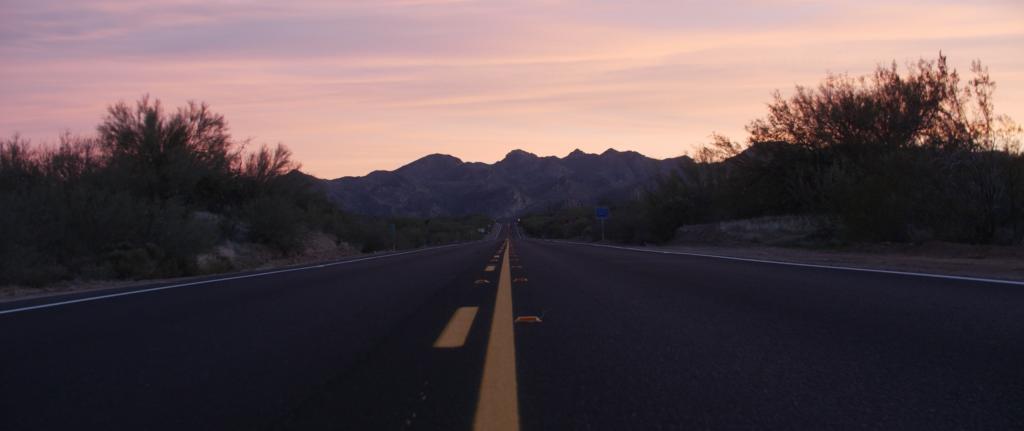
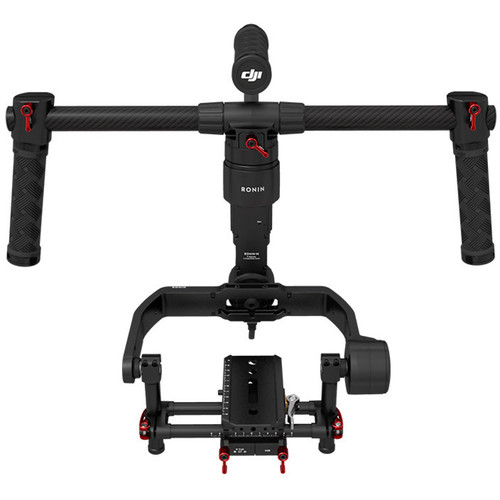
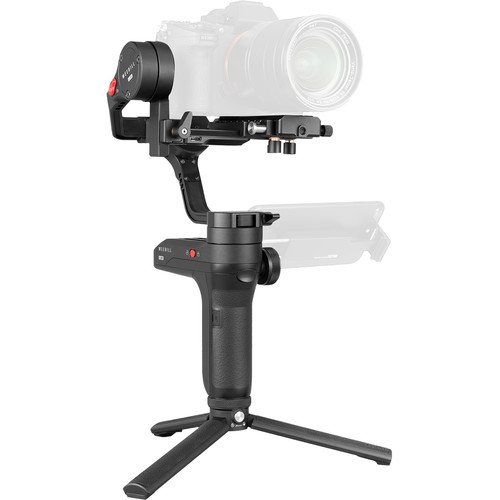
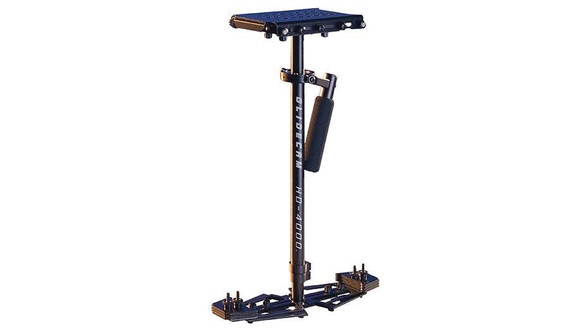
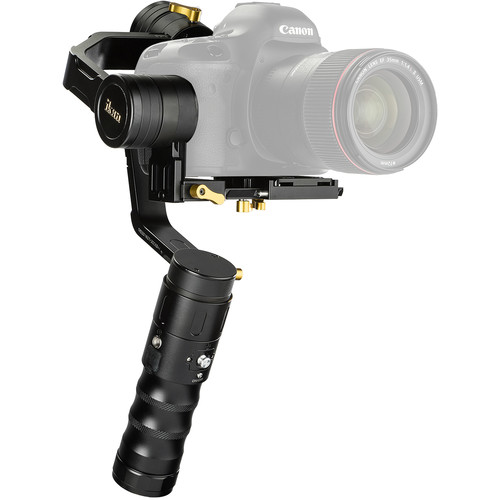
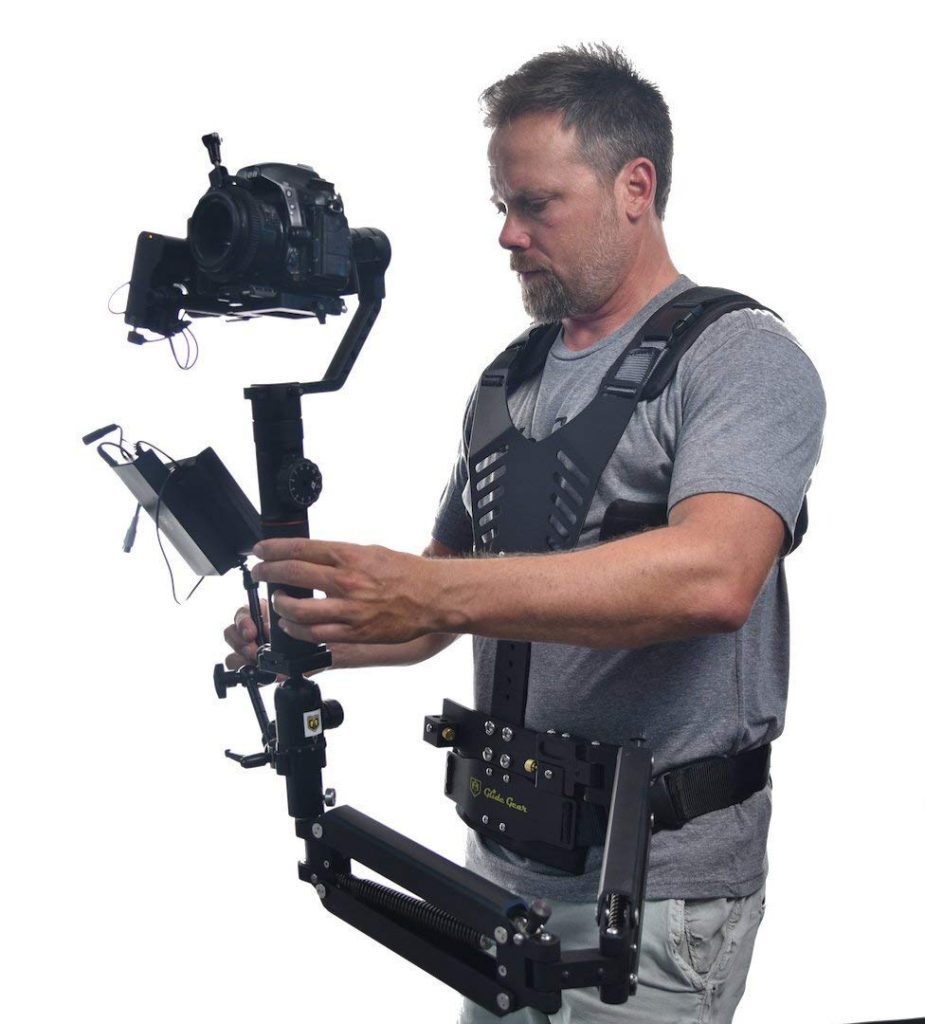
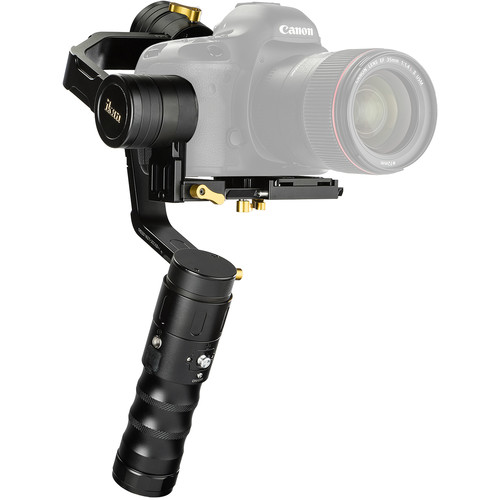
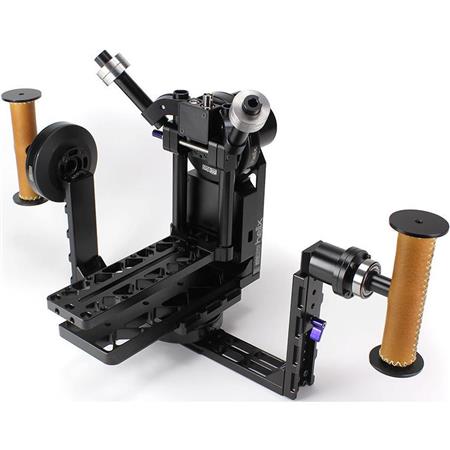

Leave a Reply